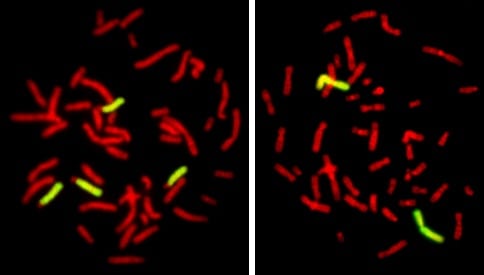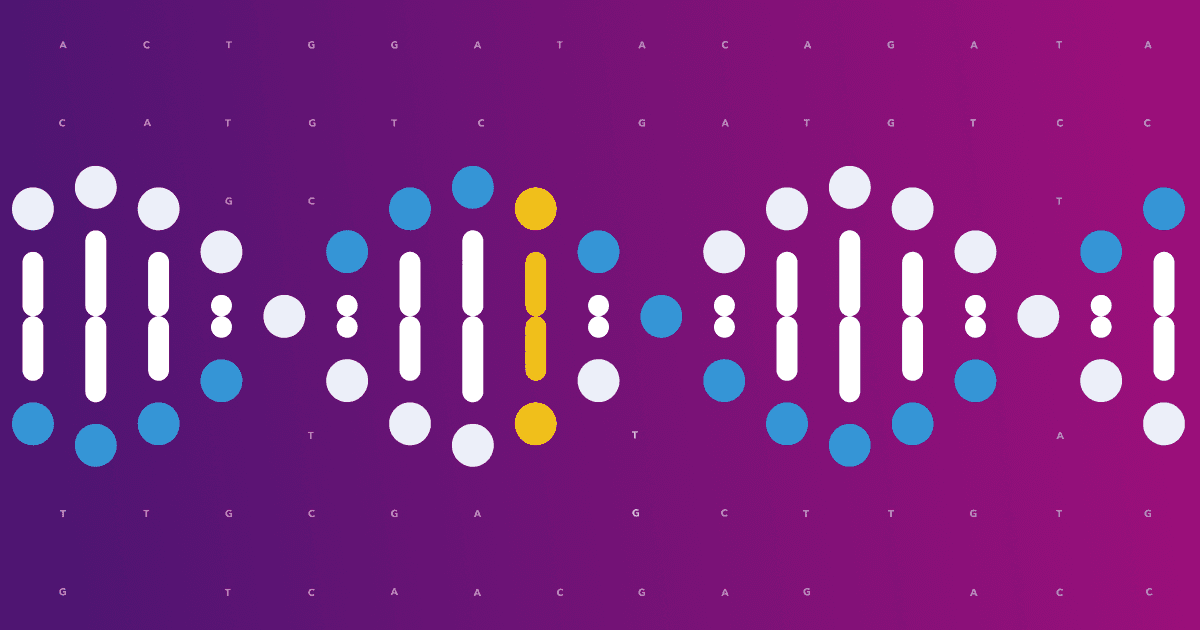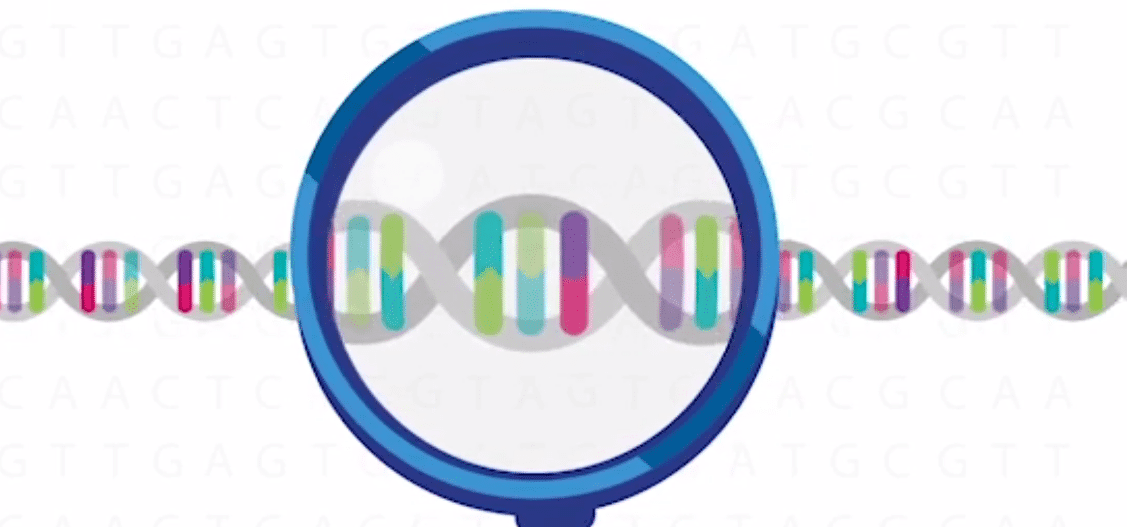It’s a question we’re getting used to: “Why are you called 23andMe?”
Many of you know the answer by now: our name refers to the 23 pairs of chromosomes usually found in humans.
But a question you may not know the answer to is “Why do humans have 23 pairs of chromosomes? Why not 13? Or 27?”
Well, it would take a while to trace the history of each of our chromosomes. But the tale of how we got down to 23 pairs from the 24 of the common ancestor we share with chimpanzees, our closest relatives in the animal kingdom, is pretty straightforward — and pretty cool.
A few million years ago after the final evolutionary split between man and chimp, two chromosomes fused. In humans, two chromosomes came together end to end, creating our chromosome 2.
The fusion of two chromosomes wasn’t particularly unusual — throughout evolution chromosomes have been breaking apart and joining together in new combinations. Many of our chromosomes can be shown to be rearranged versions of chromosomes found in other animals.
Scientists can “paint” chromosomes using fluorescent probes that detect specific DNA sequences. When they paint the DNA of a human cell with probes that detect human chromosome 2 sequences, they see one pair, as expected. But if the same probes are used in a chimp cell, two pairs of chromosomes light up, showing us chromosomes 2’s parents.

Chromosome 2 painting in a human cell, right, and an orangutan cell, left (which has 24 chromosomes like a chimp). Stefan Mueller, Department Biologie II der Ludwig-Maximilians-Universitie Muenchen.
Check out Genetics 101 for more info on chromosomes and the numbers found in other species.

